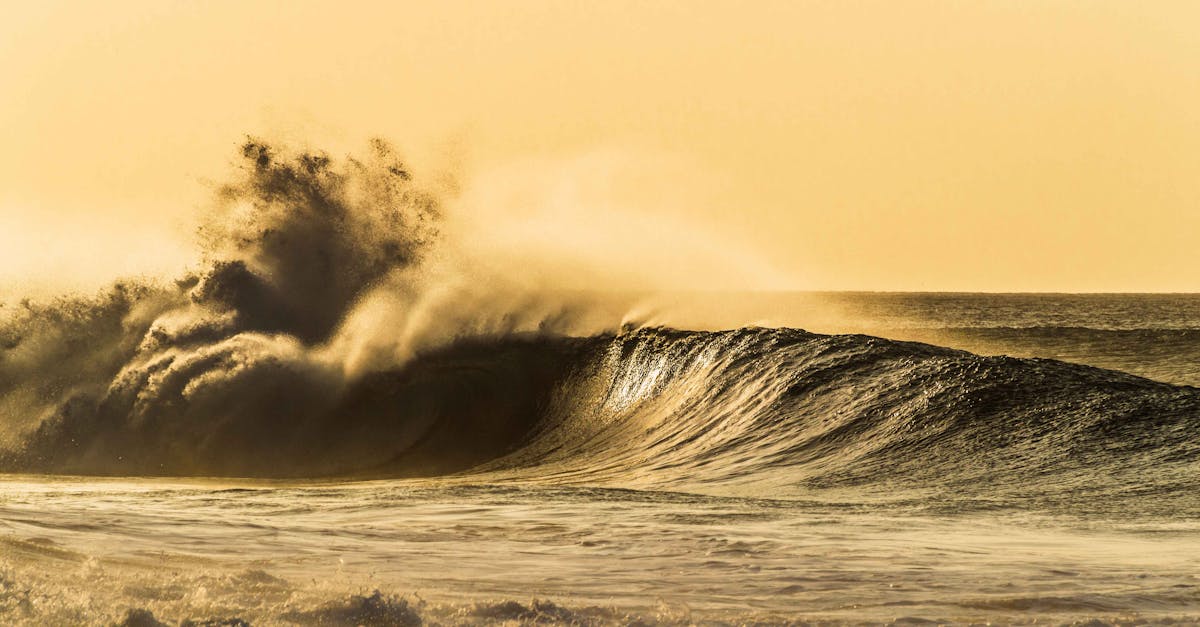We’re saddened by the devastating news coming from New Zealand. Four people died and over 1400 people are missing in the aftermath of the destruction caused by Cyclone Gabrielle. Landslides and massive flooding from Cyclone Gabrielle resulted in severe damage to homes and roads. The storm also interrupted the power supply to large parts in the North Island which hosts more than three quarters of the population of New Zealand. A second body was discovered within Hawke’s Bay. The cause for the death is still unknown.
1. How many people perished as a result of the devastating impact of Cyclone Gabrielle?
The recent news about the death of three individuals from New Zealand due to Cyclone Gabrielle is deeply troubling. Cyclone Gabrielle is a devastating storm that has left a trail of destruction and death in New Zealand’s aftermath and is currently a major danger. Three deaths were reported as a result of the storm, however this is likely to increase as more data is made accessible. Environmental and economic damages that the storm has caused are substantial, and add to the number of deaths. The storms caused massive floods and power cuts and also infrastructure damage to homes and businesses.
2. Can we estimate the amount of people who are in the dark after the New Zealand cyclone?
Three were killed, and a number of others remain missing due to the devastating impact of Cyclone Gita upon New Zealand. The category 4 tropical storm that struck Tonga’s capital city in February of 2018 was the cyclone that struck Tonga’s capital in February. It was the most powerful that struck the islands in more than 60 years. While the storm moved towards the south, it was weak and caused significant damage which included winds of as high as 250km/h and flooding because of the heavy rainfall. As per New Zealand officials, there were three deaths. The unidentified numbers are still not being accounted for. More than 200 homes have been damaged , and more than 1,000 people were evacuated.
3. What proportion of New Zealand’s 5 million residents reside in the North Island?
Three victims were killed during three deaths in a New Zealand Cyclone, which caused three deaths. The news illustrates the destruction caused by natural catastrophes. New Zealand is a country that has five million residents. It’s located in the southwest of the Pacific Ocean. The country comprises two islands: the North Island and South Islands as well as a few smaller islands. Its North Island is home to around 3.5million inhabitants, making it the biggest islands within New Zealand. The storm has brought severe destruction to the population three people being killed as well as a number of others affected.
4. What areas were the most hit by the disaster?
A lot of areas in New Zealand are still dealing the devastating aftermath of Cyclone 4. Three people were killed within New Zealand after the storm. Heavy rainfall and strong winds caused extensive damage to structures and homes in areas of the North Island. In the Bay of Plenty, both East Coast and Bay of Plenty were especially hard-hit by landslides and flooding that caused the destruction of residential and commercial buildings. Additionally, the cyclone caused destruction to other regions, which included Northland as well as Wellington. The cyclone also affected power supply as well as transportation and communication networks, making reconstruction even more difficult.
A Short Summary
The destruction caused by Cyclone Gabrielle in the northern part of New Zealand has resulted in 3 deaths, and hundreds of people needing emergency assistance. While many of the survivors could fly into safety using helicopters of the military, greater restoration efforts are needed for those who have suffered. Despite the disastrous effects, New Zealand’s emergency services have been working hard to assist those most in need, and to protect all of us.





